Indoor ferns: varieties and rules of care

Fern is an unpretentious culture, and therefore is often chosen for home cultivation. In addition to the aesthetic landscaping of the apartment, this plant also copes with air filtration.
Peculiarities
Despite the fact that the fern is a forest plant, it has shown itself quite successfully as a home flower for a long time. Varieties that are adapted to housing maintenance, as a rule, have similar requirements regarding placement and maintenance conditions. Indoor ferns need high air humidity, but the temperature, even in hot weather, should not exceed +23 degrees Celsius.
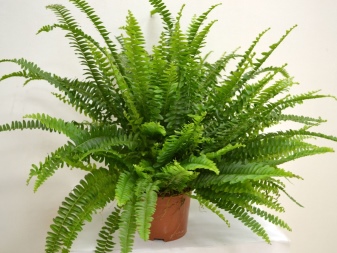

It is important that the plantings receive the required amount of natural light, but direct sunlight still does not hit the surface of the leaves and stems. In winter, indoor ferns need to hibernate, for which the owner must lower the temperature in the room.
The fern is a kind of indicator of the state of the atmosphere - if the crop is properly cared for, but the plant still feels bad, the problem is the state of the air. Probably, it is dirty or smoky, or its humidity is low. Despite the fact that in natural conditions the culture most often develops in the shade of large trees, in an apartment, the plant will show itself much better if it is regularly under bright but diffused light... Indoor fern grows rather quickly, and if at first it can be grown on the windowsills of the east or west window, over time you will have to create a full-fledged stand.
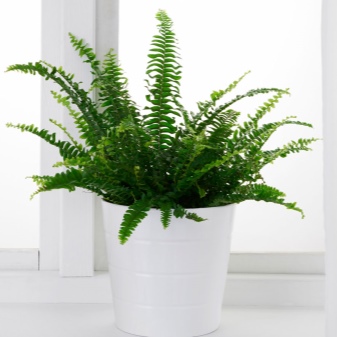
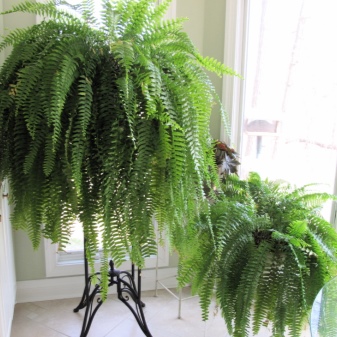
Species overview
For home cultivation, as a rule, the same fern species are chosen.
Nephrolepis
Nephrolepis naturally occurs throughout the world. At home, however, it is most often used for decorative purposes, grown either simply in a pot, or in an ampelous way. The herbaceous culture has short roots and green leafy rosettes. Each leaf reaches 70 centimeters in length and consists of small segments, the length of which does not exceed 50 millimeters. The leaf plates change from green to yellow over time, after which they dry out and die off.
It should be added that in nephrolepis, leafless shoots covered with scales extend immediately from the rhizome.
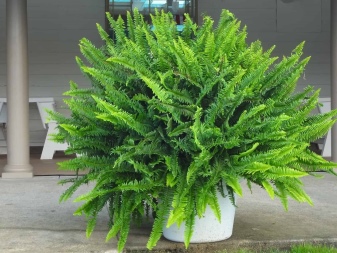
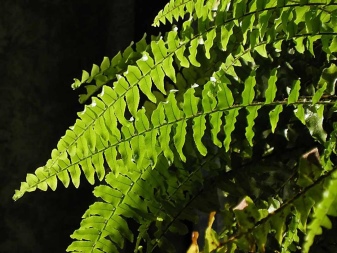
Asplenium
Asplenium, the popular name of which sounds like Kostenets, like nephrolepis, can be terrestrial or epiphytic. The widespread crop is often chosen for domestic breeding. The plant is characterized by the presence of large leaf plates, colored in a light green hue, which form a rosette. Short creeping roots are covered with scales. It should be added that asplenium leaves can have different shapes, including triangular or wavy edges. Spores are attached to the underside of the plate.
The fern does not react well to touching the leaves, but with proper care it grows rather quickly in width.

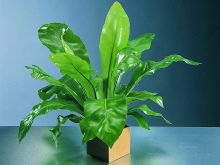

Platizerium
The Platycerium fern looks very unusual. The leaf plates resemble in their appearance a deer horn, as a result of which the plant is popularly called "deer horn". Vayi can be both sterile and spore-bearing. Sterile - located in the lower part of the fern and remain green even in the cold season, and spore-bearing ones turn yellow and dry over time. The surface of the spore-bearing shoots is covered with whitish filaments that provide protection from sunlight and retain moisture.

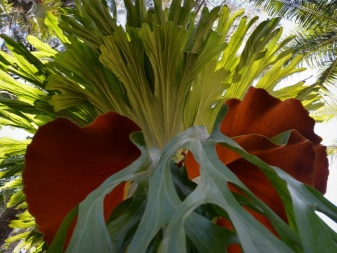
Maidenhair
The maidenhair fern is considered the most popular decorative crop, and it is grown either in apartment conditions or in greenhouses. The perennial has a weak creeping rhizome, the processes of which are covered with matte scales, painted in a brown or black shade. Leaves of a green or gray shade are most often arranged alternately on dark scaly petioles. The length of the plates is about 25 centimeters. Round or linear sporangia are fixed on the seamy side of the plates.
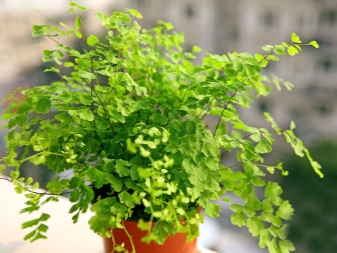

Pteris
This fern has neat leaf blades of various shapes and sizes. Their color can be simply green or variegated. Pteris is often grown in an apartment, as it is unpretentious, but it necessarily requires high humidity.
Therefore, flower growers group this crop together with other plants that love moisture.
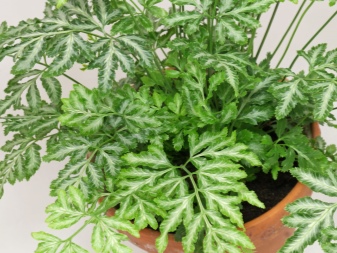
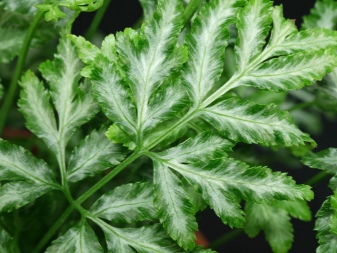
Pellea
Pellea differs from other species in its ability to tolerate periods of drought without any problems. If you leave the plant for a long time without moisture, then its leaf blades will dry out and fly around, but as soon as the moisture returns, the fern will quickly recover. The height of the home fern reaches about 25 centimeters. The length of one sheet plate can be 30 centimeters, and its width is only one and a half centimeters.
Despite the fact that the vegetative period of pellets lasts the whole year, the culture develops most actively in the spring and summer months.
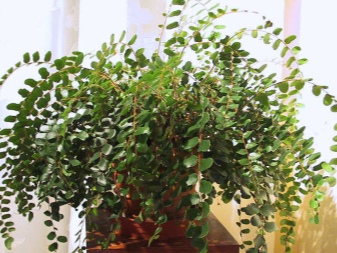
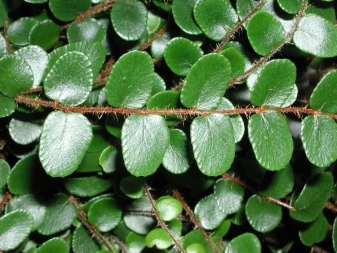
Davallia
The davallia fern is characterized by the presence of openwork leaves composed of jagged fragments. Young plates have a bright green tint, but the old ones are already painted in a yellow-green tone. New shoots are formed almost until the end of autumn, after which the plant hibernates. The thick roots of the fern are covered with silver fluffs. They develop in an upward direction, and therefore after a certain time "crawl" out of the pot. The length of the roots reaches about 90 centimeters.
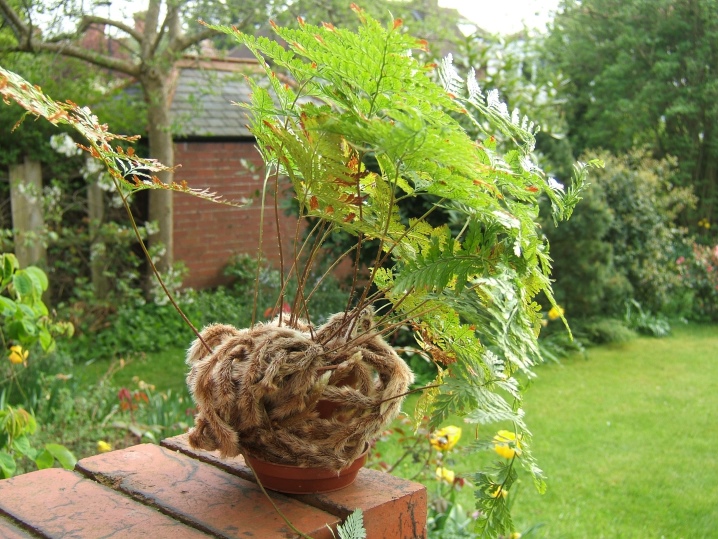
Blehnum
Blehnum fern has very long leathery leaves, stretching up to almost one meter. The plates are painted in a faded green shade and are collected in a dense rosette at the top of the stem. In mature Blehnum plants, the trunk grows to almost 50 centimeters, making the fern look like a small palm tree.

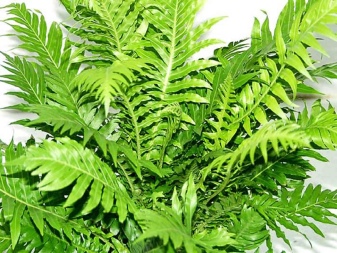
Reproduction methods
Indoor fern propagation is carried out in two main ways. The first is the usual division of the shrub, but the second is carried out with the help of seeds, more precisely, spores. The spore method is used much less frequently than division, since it is more complex. The division of the bush is usually carried out in parallel with the transplant for greater convenience, since in both cases the plant must be removed from the container. In order to directly propagate the fern, you will need to separate the root rosettes from the parent specimen.
Having seated the children in separate pots, it is better to immediately remove them to the greenhouse or cover them with a glass dome. While the ferns take root, it is important for the grower to maintain the proper level of humidity and temperature, as well as arrange regular ventilation.
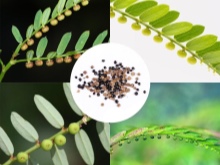
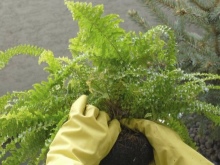
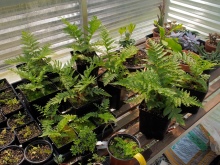
Care rules
To properly care for a fern at home, you must remember that it is important for the plant to get the required amount of moisture. The plant should be watered sparingly, but not overflowing or causing root decay. Some gardeners prefer to keep the soil moist all the time, but in this case, it is extremely important not to bring it to waterloggedness. It is much more correct to wait until the top layer dries, and then proceed to irrigation.The plant reacts best to rain and melt water, but the use of settled tap liquid is also appropriate. The water should be soft and slightly warm.
In the summer, the irrigation procedure should be done twice as often as in the colder months. If you don't cut back on watering in winter, the fern will continue to grow and as a result will be too long, but with small leaves.
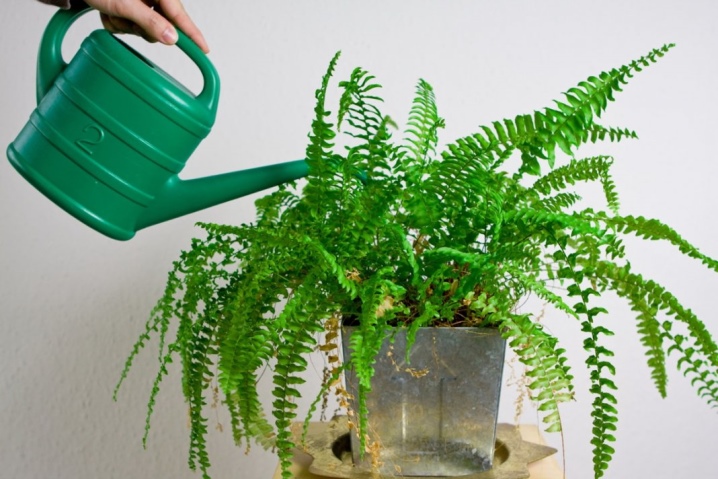
In addition to watering, indoor fern necessarily requires regular spraying of the leaves to help maintain the necessary air humidity. The procedure becomes especially important in winter, when heating is connected, and ventilation becomes less frequent. You can also buy a humidifier or regularly hang a wet towel on the radiator. It is recommended to use either rainwater or distilled water for spraying.
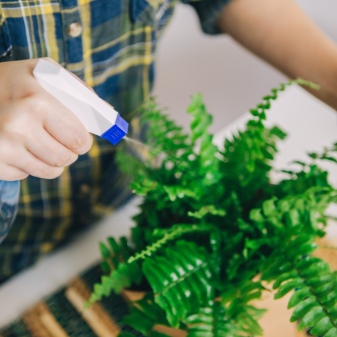
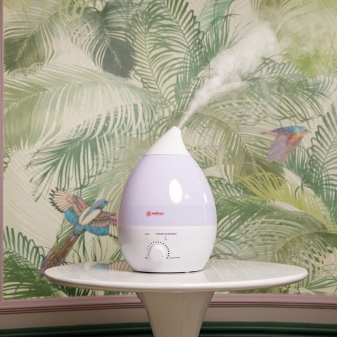
From fertilizers for the culture, such organic matter as infusion of mullein or poultry droppings is recommended. However, it is better for novice gardeners to use ordinary potash fertilizers, applied every couple of weeks. Top dressing is necessarily carried out in spring and summer, that is, during the vegetative period of the plant.
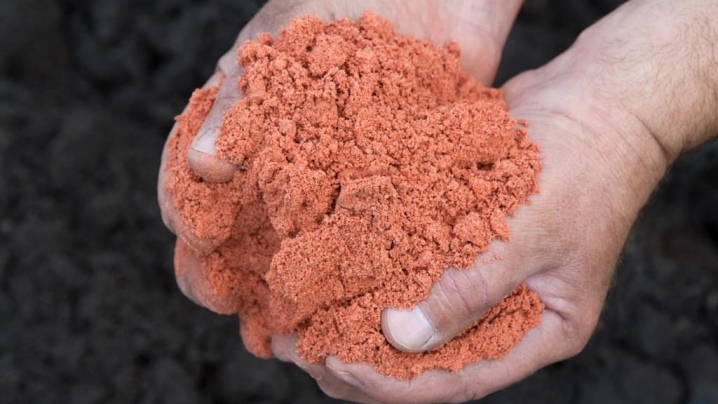
Fern replanting can be done annually as the fern grows very quickly. The procedure is quite simple: the shrub is carefully removed from the container by the leaves, after which the roots are slightly cleaned from the ground. Then, by transferring the fern, it is moved into a larger pot, the diameter of which is 2-3 centimeters larger than the previous one. If the plant is transplanted due to illness, then the roots will have to be cleaned of the contaminated soil, if necessary, soaking the earthen lump. When purchasing a fresh soil mixture, it is better to give preference to acidified soil with a pH of 5 to 7.
You can do it yourself, combining peat, leafy soil and humus in equal proportions, and then adding 0.2 parts of bone meal to them. The drainage layer is created from expanded clay or other suitable material.
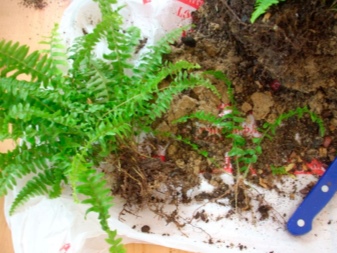
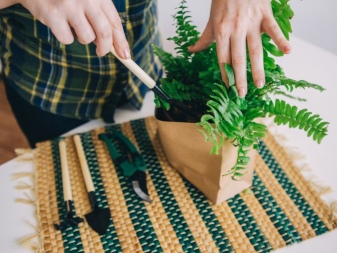
See below for simple indoor fern care.































The comment was sent successfully.